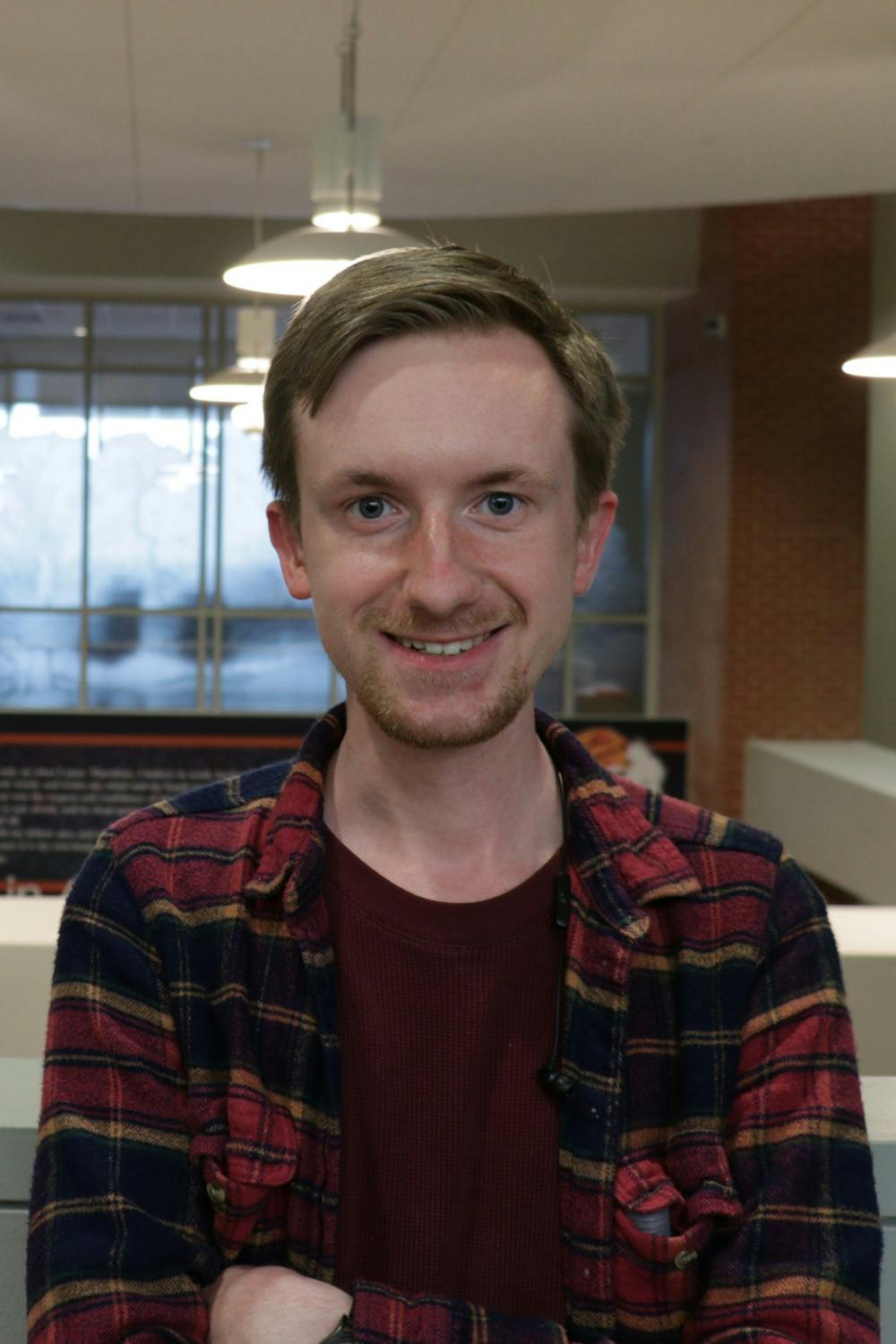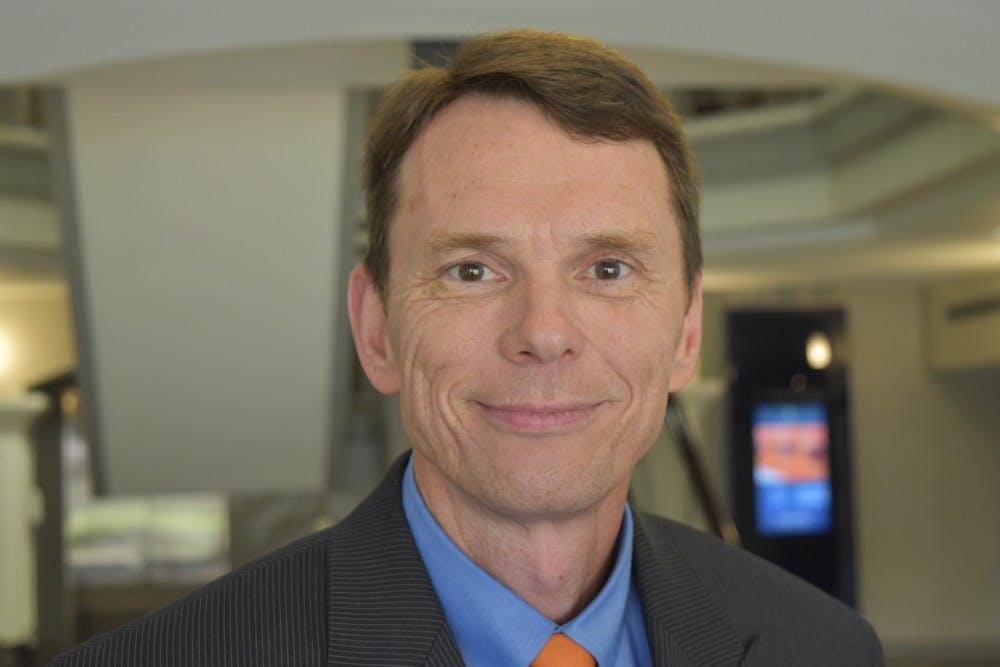Confusion surrounded a specially called Faculty Senate Executive Committee meeting on Tuesday afternoon.
Over 1,200 Auburn University faculty members convened over Zoom to vote for or against a motion of no confidence in Provost Bill Hardgrave for his office's handling of the University during the COVID-19 pandemic. Instead of casting a simple 'yes' or 'no' vote for the motion, attendees found themselves more uncertain of what they were voting on as the meeting continued and the motion's existence itself was called into question.
A vote of no confidence aims to show that the majority of the body does not support a policy instituted by its administration. After an hour of introducing other motions and clarifying the purpose of the meeting, faculty determined they were not in favor of a no-confidence vote in the provost.
University President Jay Gogue and Hardgrave were allowed to give their thoughts on the motion before any votes were cast.
"We still haven't had to go with furloughs; we have not had any reductions in force; we have not had pay cuts; we have not abolished programs," Gogue said, who had discouraged faculty from voting no confidence in the provost in a statement to the Opelika-Auburn News last week. "There's no doubt in which [there are] times we've made mistakes, and ... we've tried to correct them."
Hardgrave told attendees that a vote of no confidence was more than a symbolic move and could damage University statistics amid pandemic-imposed difficulties.
"Despite the obstacles ... Auburn faculty stepped up to the challenge," Hardgrave said. "Our University has worked very hard throughout this pandemic to continue moving forward safely and productively. Unfortunately, this very public and punitive action that is before you today only serves to hurt the University, and is an attack on me personally and professionally."
Hardgrave said a no-confidence vote could have long-term consequences on Auburn, potentially affecting student enrollment and student and faculty recruitment.
The decision to begin the spring 2021 semester with more face-to-face classes was "not taken lightly" and made after a number of discussions with educators and medical professionals, he said.
The provost was interrupted by Michael Stern, associate professor of economics, who said Faculty Senate Executive Committee meetings do not allow remarks to be made about motions that are not tabled.
"If we're going to allow people to make pre-remarks, ... you are giving privilege to one member of the University faculty over others," Stern said.
Don Mulvaney, chair of the University Senate, conceded and shifted the meeting to a question and answer segment of the meeting where faculty could ask Gogue and Hardgrave questions before making their decision on the no-confidence vote.
"I'd like to object to the consideration of the motion today of no confidence in the provost," said Luke Oeding, associate professor of mathematics and statistics.
Stern, who initially raised the proposal at a Nov. 10 special meeting of the Faculty Senate Executive Committee, said the motion had yet to be made and thus Oeding could not object.
Mulvaney agreed, responding to another faculty member's confusion and pushing for the Q&A segment to continue.
The first speaker was SGA President Ada Ruth Huntley, senior in global studies. Before she could begin, she was asked to leave as some attendees stated they were told that only faculty could participate in the discussion.
During the Q&A session, the University president and provost were asked why the spring semester was still beginning with some in-person classes and other concerns related to COVID-19.
Ending the Q&A session, Mulvaney moved to allow faculty to vote on the motion of no confidence in the provost. Stern called for a point of order, which allowed him to speak as dictated by meeting rules, to state he was never given an opportunity to put forth the motion on the record during the Nov. 10 special meeting.
"There is no motion for you to call," Stern said. "You don't even have a copy of the text of my motion."
A debate broke out between Stern and the committee on whether the meeting itself was valid if the committee did not have the text of the motion in its possession but instead a petition of 51 signatures to vote on no confidence in Hardgrave, which allowed for the current special meeting to take place.
The committee then put forth a poll for considering the no-confidence vote, but because of the poll's wording, attendees were not clear on what their options specifically meant.
Confused faculty filled the Zoom chat with questions until Todd Steury, member of the committee and associate professor in wildlife biology and statistics, clarified the options, stating 'yes' meant the motion would be considered and 'no' meant discussion would stop. But then another poll had to be put forth since the clarification was made after some faculty had already voted and Oeding restated his objection.
Following the second poll, Stern called for another point of order reiterating that because he had not put forth the motion in the Nov. 10 meeting, the motion did not exist for faculty to vote on.
Oeding countered Stern, saying that Stern could not object to considering a motion faculty were called to vote on as this would be a debate, which is not allowed. The meeting fell silent before the committee took this as a need for faculty to vote on whether the motion to vote no confidence in the provost even existed.
"[This is] confusing to me so it might be confusing to someone else," said Laura Kloberg, member of the committee, as faculty again questioned if a no-confidence vote was happening and why they had been asked to attend the meeting.
Steury explained that this time, a 'yes' vote meant faculty agreed that no motion had been formally made while 'no' meant they disagreed, and 80% of faculty members voted that they agreed.
After this vote, faculty were asked if they would like to adjourn the meeting with a fourth poll which led to further confusion as they had not definitively voted on the motion, only its existence. A fifth and final poll determined faculty were opposed to the motion, with 71% of remaining attendees voting to reject a no-confidence vote in Hardgrave.
The last motion of a no-confidence vote in a member of the University administration was voted on 17 years ago during a University Senate on Dec. 11, 2003. Faculty at the time voted no confidence in then-University President William Walker after it was discovered he took a secretive trip to the University of Louisville in hopes of persuading head football coach Bobby Petrino to replace Tommy Tuberville as head coach.
Do you like this story? The Plainsman doesn't accept money from tuition or student fees, and we don't charge a subscription fee. But you can donate to support The Plainsman.

Tim Nail, junior in journalism, is the campus editor for The Auburn Plainsman.





